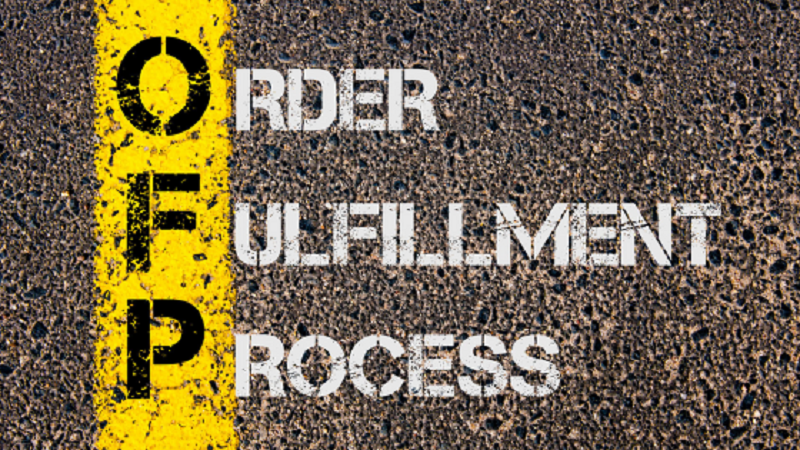The order fulfillment process can be described as storing inventory in the warehouse, picking, and packaging of products and finally shipping them to the destination. Order fulfillment plays a vital role in the e-commerce business. If you fail to manage the order fulfillment process, then you will not be able to take your online product selling business to a new height of success.
Well, there are two different ways to manage the order fulfillment process. The first one is in-house order fulfillment, and the second one is a third party logistic (3PL) service, provider.It is tempting to manage order –fulfillment without taking the help of 3 PL service providers. But, when the volume of orders increases, then it becomes very difficult to manage in-house order-fulfillment services.
Thus, it is a good idea to provide a 3 PL service provider. They can easily manage the growing volume of orders. The order fulfillment is applied to both business-to-consumer B2C order and business-to-business (B2C) orders. In B2B order, the products are shipped in large quantities to the big retailers.
On the other hand, in B2C orders, the products are shipped to the consumers directly. In B2C order, the customers place an online order through the online store set up by the merchant. When the customer places an online order, then the order fulfillment process starts.
You may like to read:- Paperless Payday Loans
The Complete Order Fulfillment Process
If you have recently set-up your online store, then you might not know much about the order fulfillment process. There are various stages in the order fulfillment process. It is very important to precisely route the product and choose the right packaging materials. In addition to this, various important factors need to be considered for the order fulfillment process.
Here, we are going to discuss various steps that complete the fulfillment workflow:
1.Maintain Inventory
The most important thing to consider before starting the order fulfillment process is maintaining inventory. If you opt for an in-house order fulfillment process, then your inventory will be managed by you. On the other, if you opt for an outsource order fulfillment process, then the 3PL service provider will manage your inventory on behalf of your company.
2. Warehousing
A warehouse is a place where you store your raw material and finished products. The warehousing system will ensure the continuous flow of products from the warehouse to the destination. It is very important to maintain an optimum storage system in your warehouse.
It is important to provide a dedicated storage unit for each product so that you can easily access them anytime. If you maintain optimum inventory, then it will help in keeping your product safe and secure. Also, you can see the gap between demand and supply.
3. Order Processing
After receiving an online order, the order-processing starts! This stage involves picking the product from the warehouse, packing it properly, and prepares it for shipping to the destination. In most cases, the packaging slip is used to determine the number of products to be shipped and the location of the stored product.
The packaging slip also includes the rules and instructions to pack each item. The different products have different properties. Thus, the different protocols should be followed for the packaging of different products. In these instructions, you should know what kind of boxes should be selected.
In addition to this, you will also get to know whether you have to use bubble mailers, poly bags, bubble wrap, air-fill, etc. for the safety of the product. The custom packaging solution can also help in creating a memorable, unboxing-experience. Also, you should not forget to paste the shipping label after the completion of the packaging process.
4. Shipping of Products
After the proper packaging of the product, you should ship it to the destination. The shipping process is dependent on the type of products. Once the product is loaded on the vehicle for shipping, then the tracking information should be received by you.
In addition to this, the product tracking information should also be shared with the customer who has ordered the product. It is very important to keep your customers up-to-date with the deliveries.
5. Returns Handling
The return option should be available to your customers. If your customer wants to return the product, then you must set a separate department that will handle the product returns. The returned product should be directly shipped back to the order fulfillment center. The return policies should be decided based on the product and reason for return. The return process is also an essential part of e-commerce fulfillment.
Final Words:
It is important to understand the e-commerce fulfillment process to achieve your objective and expand the customer base. There are different stages in the order fulfillment process and some of them are described above.
